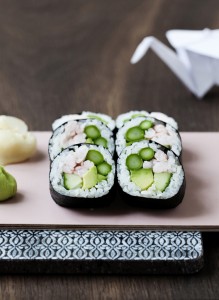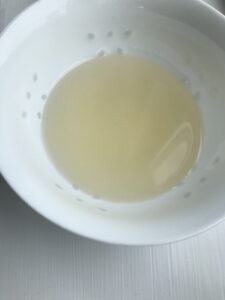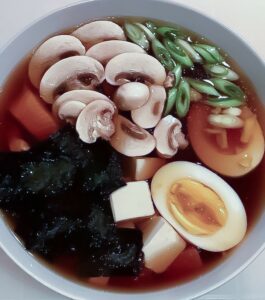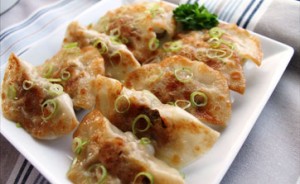
Sushi, one of Japan’s most iconic dishes, has an exciting history behind it.
Sushi was originally developed in Southeast Asia as a method of preserving fish in salt and rice. This cooking method spread to Japan around the 8th century.
The earliest form of sushi, called narezushi, consisted of fermented fish and rice, which were buried in fermentation tanks for several months to achieve the desired flavor.
During the Edo period from 1603 to 1868 in Japan, sushi began to develop into the form we know today. A significant change was the discovery of vinegar, which made it possible to ferment rice faster and more efficiently. This development made it possible to make nigiri sushi, where raw fish was placed on a lump of rice and served fresh.
Since then, sushi has evolved significantly, with different regional variations and modern twists. Today, sushi is enjoyed all over the world as a delicacy that combines freshness, art and taste in a unique way.
Read more about Sushi course for beginners
_
Zoë has held sushi courses and cooking classes for A. P. Moller – Maersk, Hugo Boss Nordic, Novo Nordisk, Novartis, Velux, Gorrissen Federspiel, Beierholm revision, Elbek & Vejrup and many more.








